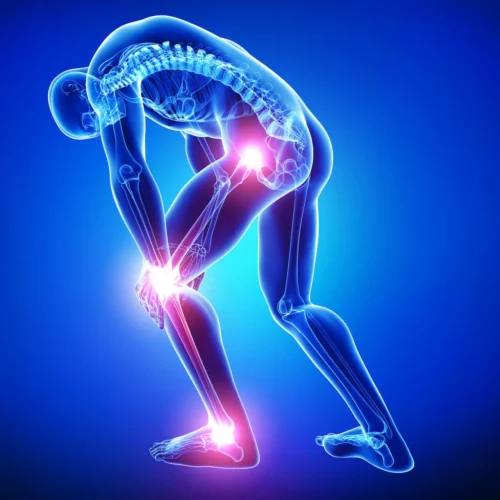Disclosure: In any review for a product or service, products or compensation may have been provided to me to help facilitate my review. All opinions are my own and honest. I am disclosing this in accordance with FTC Guidelines. Please see “Disclose” and "Terms of Use" tabs for more information.

One in four people experience arthritis in their lifetime. This results in joint deterioration and pain in joints – which in some cases can be seriously debilitating. Joint pain cannot always be cured, however there are many ways to reduce and even eliminate pain temporarily. This post explores some of the most effective remedies for joint pain.
Explore different types of pain relief medication
For serious joint pain, a doctor will usually be able to prescribe medication. For less serious joint pain, over-the-counter painkillers like ibuprofen may be able to help.
Of course, there are alternative forms of pain relief medication that you can try too. Medicinal cannabis as supplied by companies like Harvest House of Cannabis is legal in many states and could be an option worth looking into (treat your joints with a joint!). Other herbal medicines that are more widely available include capsaicin creams, turmeric powder, devil’s claw powder and willow bark tea.
Reduce foods and drinks that cause inflammation
Some foods and drinks could be making your inflammation worse. Refined carbs like white bread and white rice could be worth switching out for brown bread and brown rice. Sugary foods like cakes, candy and chocolate should also be reduced, as well as sugary drinks like soda – these can cause inflammation by spiking insulin levels. Fried foods are also not ideal for this reason.
Massage your joints to improve fluid flow
Lack of blood flow and fluids to joints can cause them to feel ‘stiff’ and can cause pain. Massages are one effective way of improving blood flow and flow of synovial fluids.
A professional massage is the best option, however you can also massage your own joints using a tissue massager or just by using your hands. This guide at Healthline explains how to massage your joints yourself.
Stay active (but not too active)
Exercise helps improve flow of blood and fluids to joints, as well as releasing feelgood endorphins to reduce pain. For this reason, you shouldn’t treat joint pain as an excuse to laze around all day on the sofa. At the same time, you don’t want to exercise too intensely as this may aggravate joint pain.
Low impact exercises are the best options for beating joint pain. These exercises don’t involve running or jumping (which can aggravate joints). Walking, swimming and yoga are some of the best examples of low impact exercise.
Know when to use the heat and the cold
Both the heat and cold can be used to reduce inflammation, but you need to know when to use each. In the case of long-term pain, it’s usually better to use heat. A hot bath or even a hot flannel can help to reduce such pain. When it comes to fresh joint injuries, you’re better off using cold treatments. If you’ve recently sprained an ankle or developed whiplash, you can reduce inflammation and pain by placing an ice pack or a bag of frozen vegetables on the affected area. After 48 hours, it’s best to switch from cold treatments to hot treatments.
















Speak Your Mind
You must be logged in to post a comment.